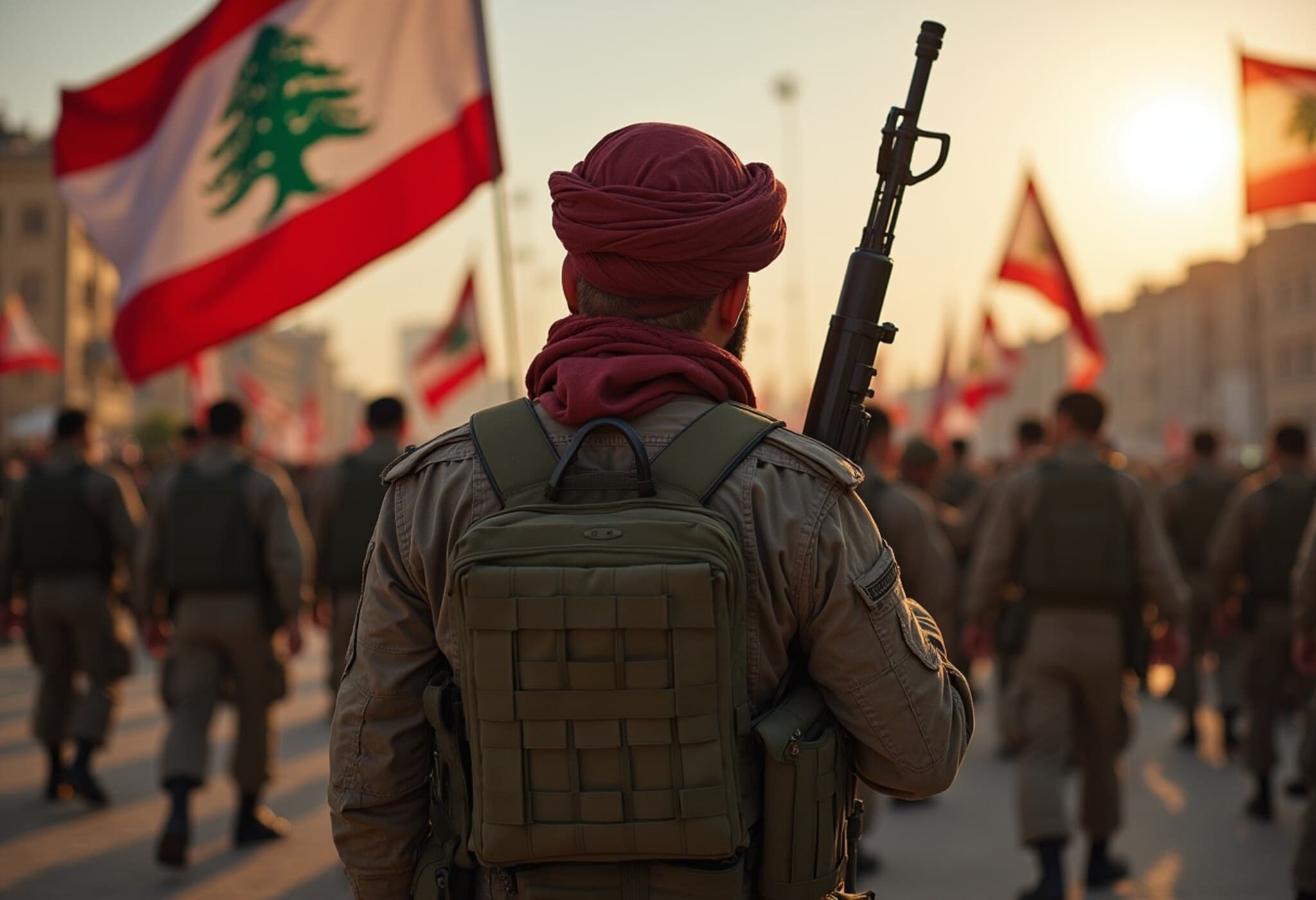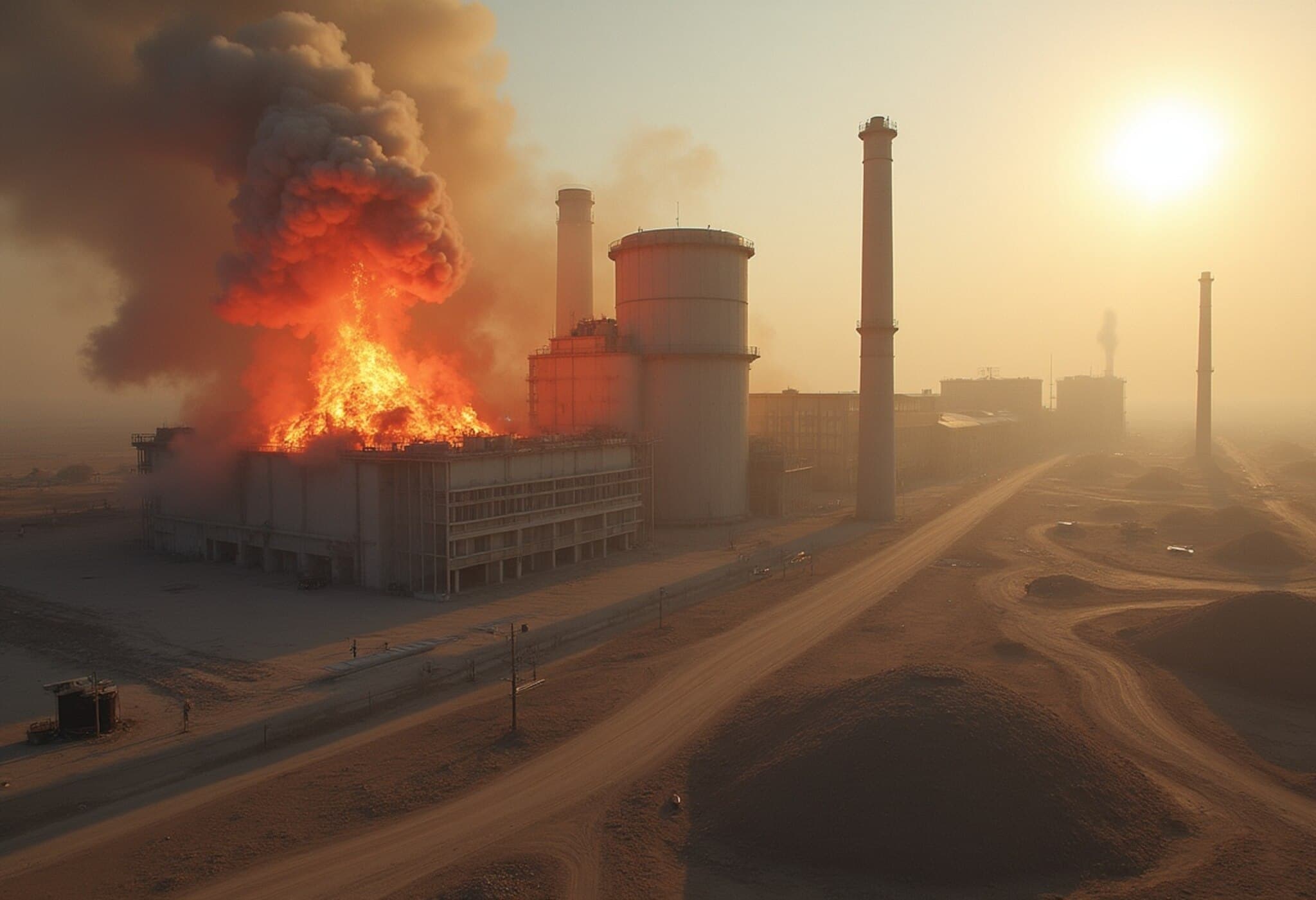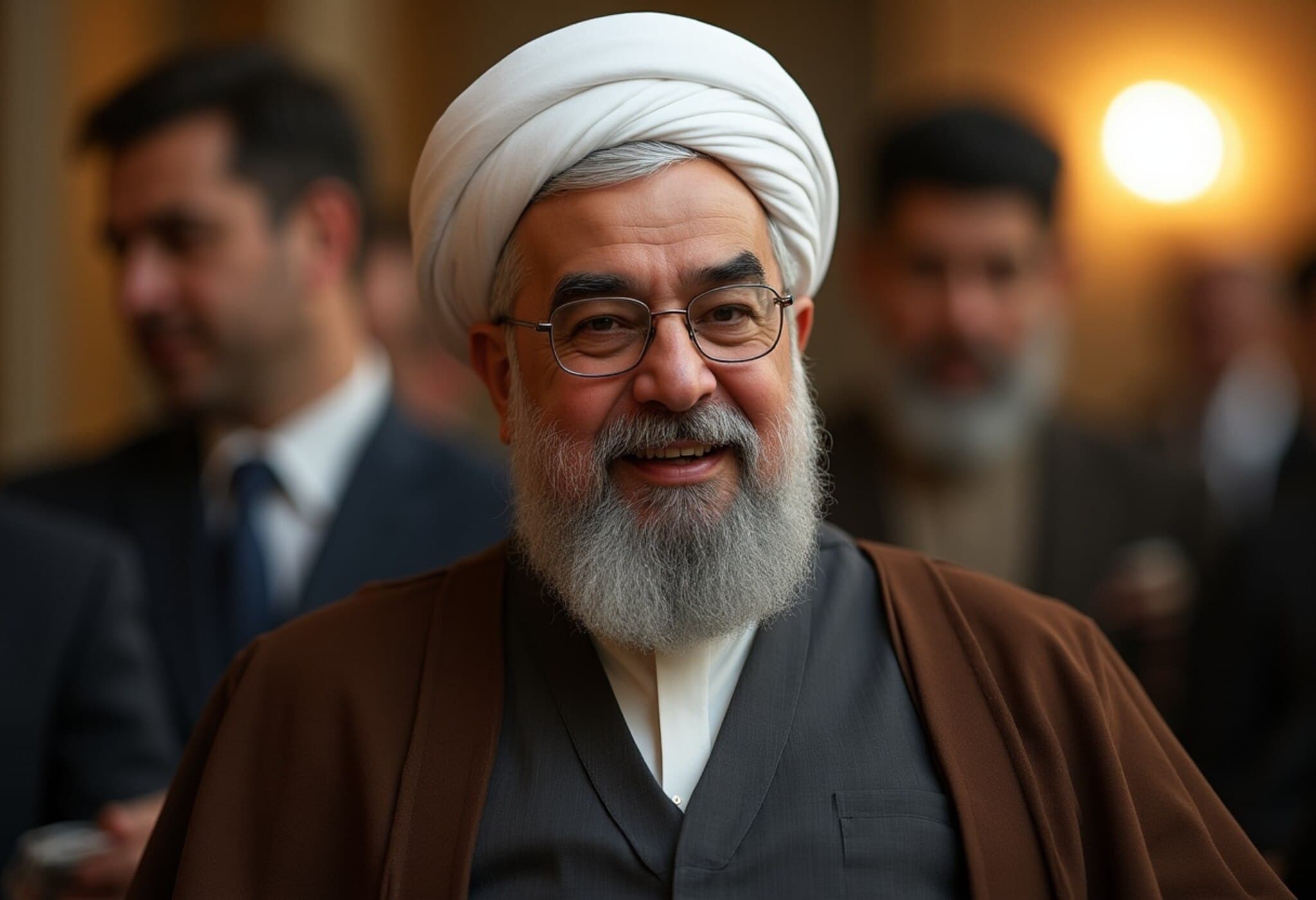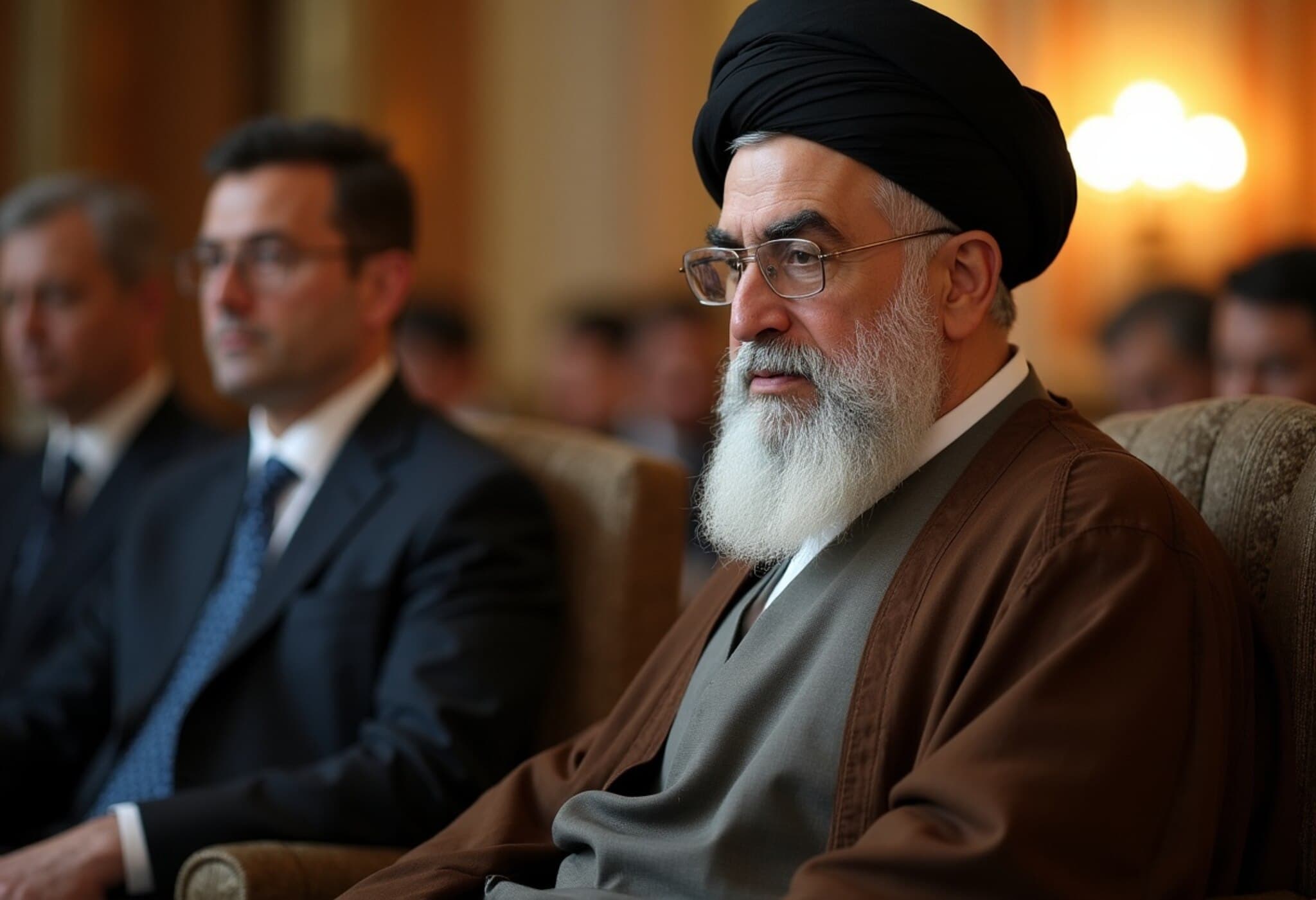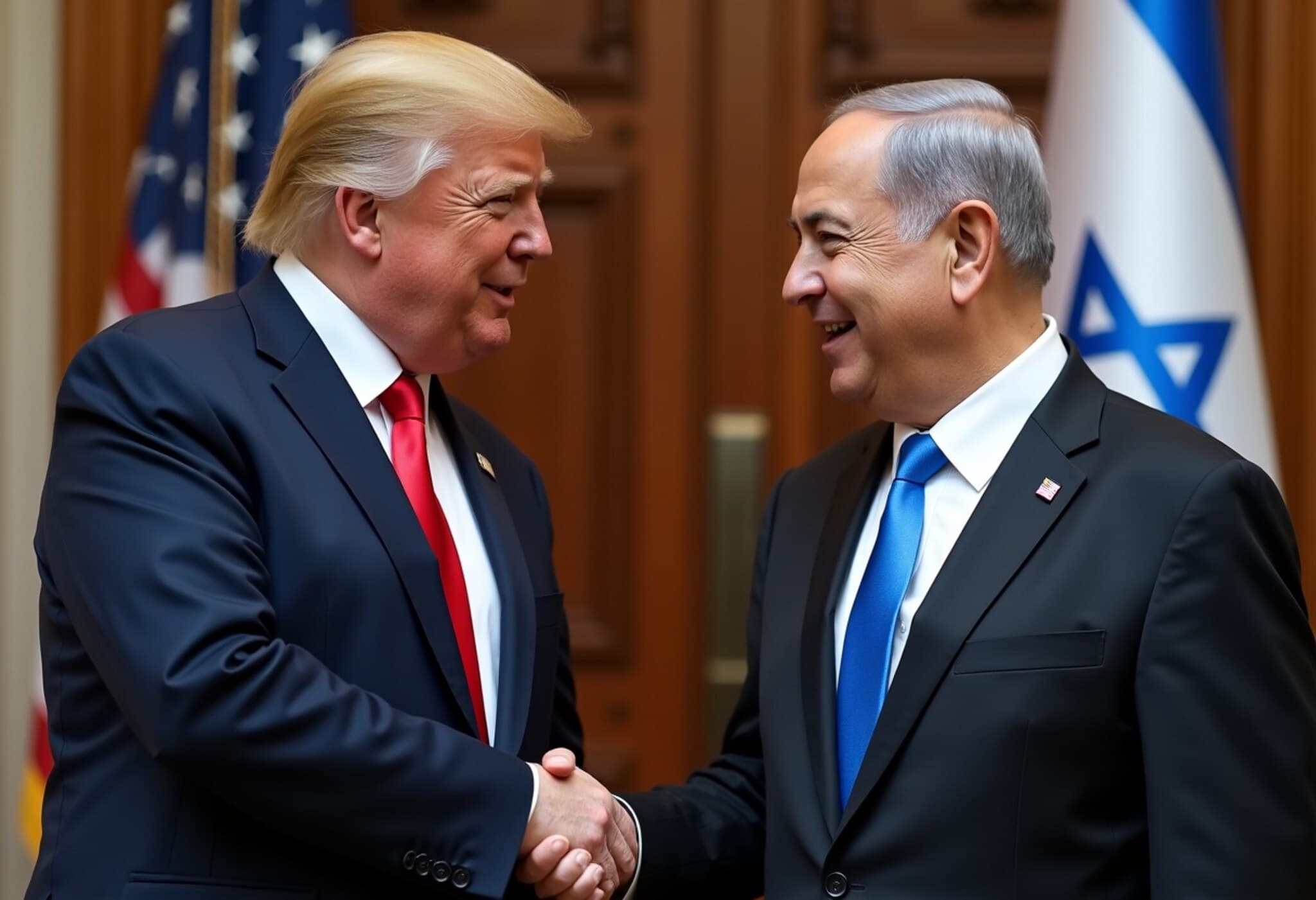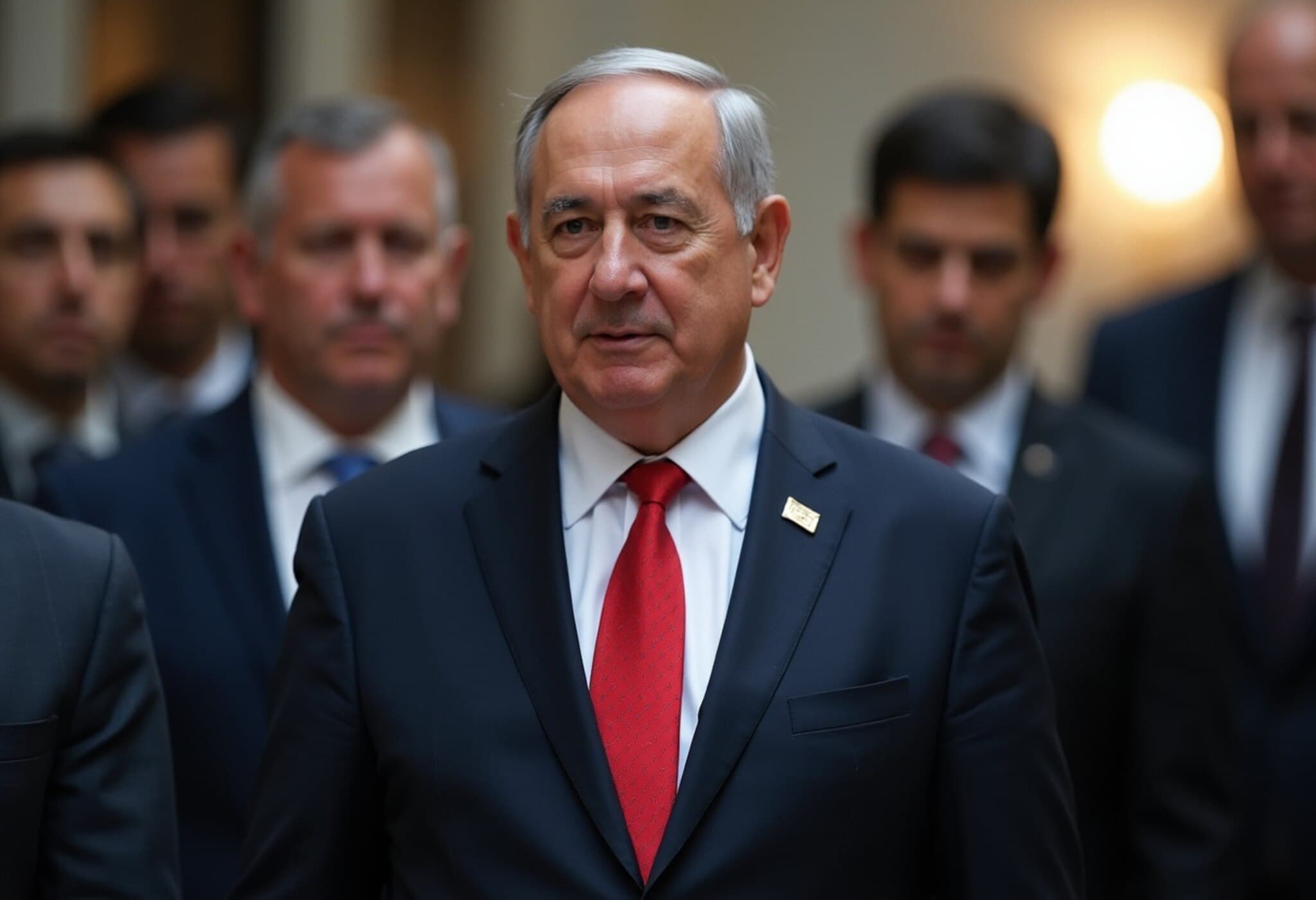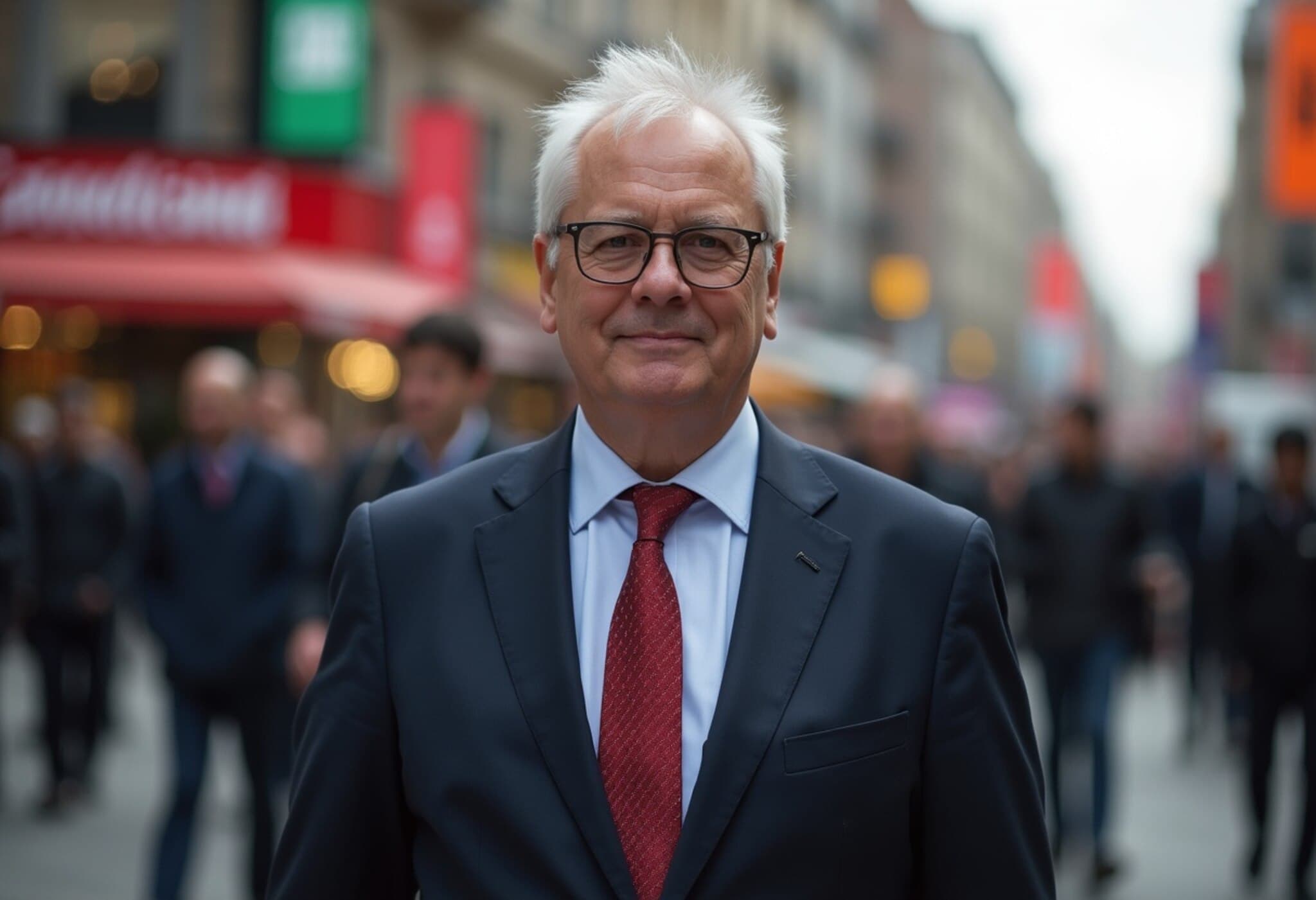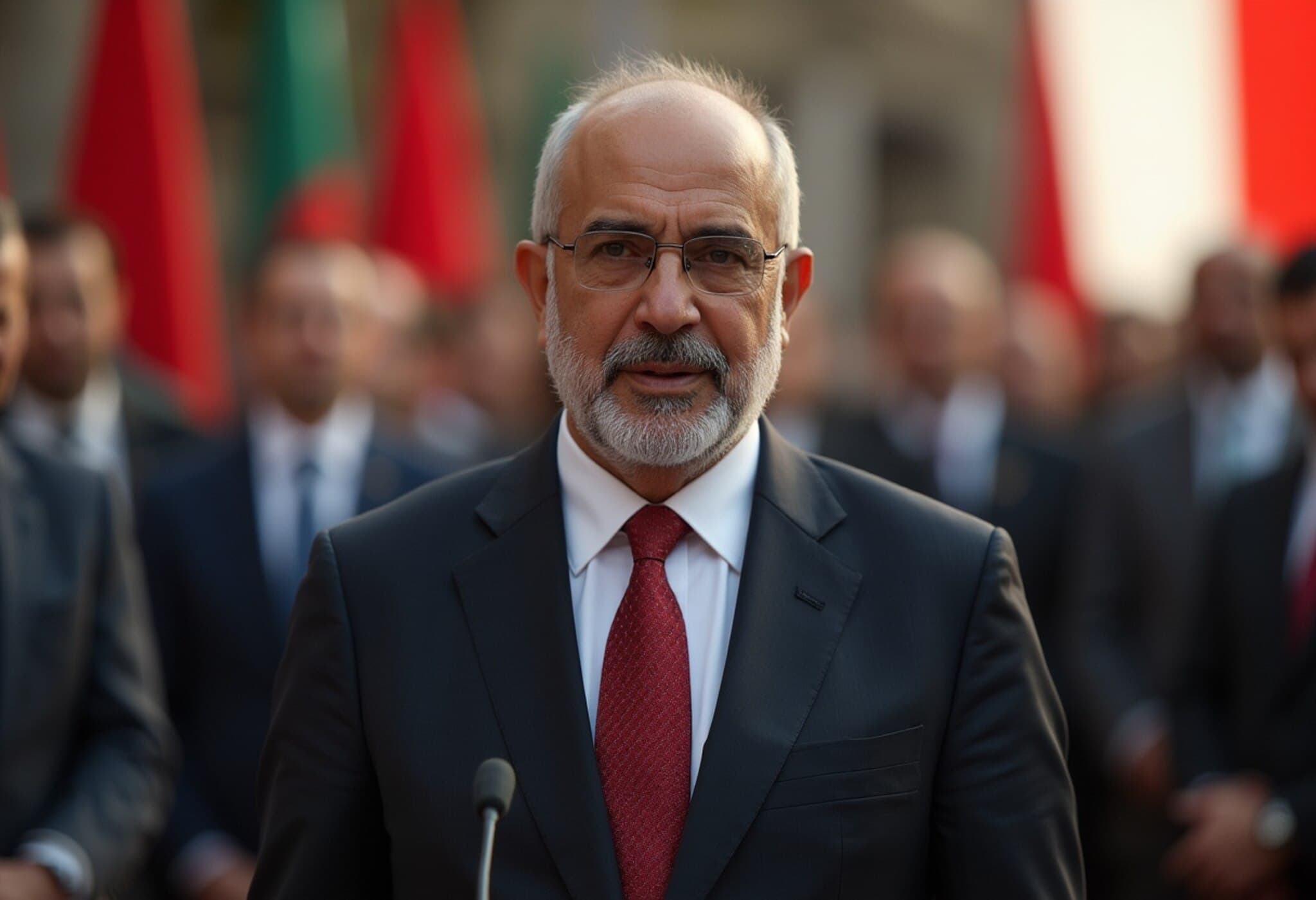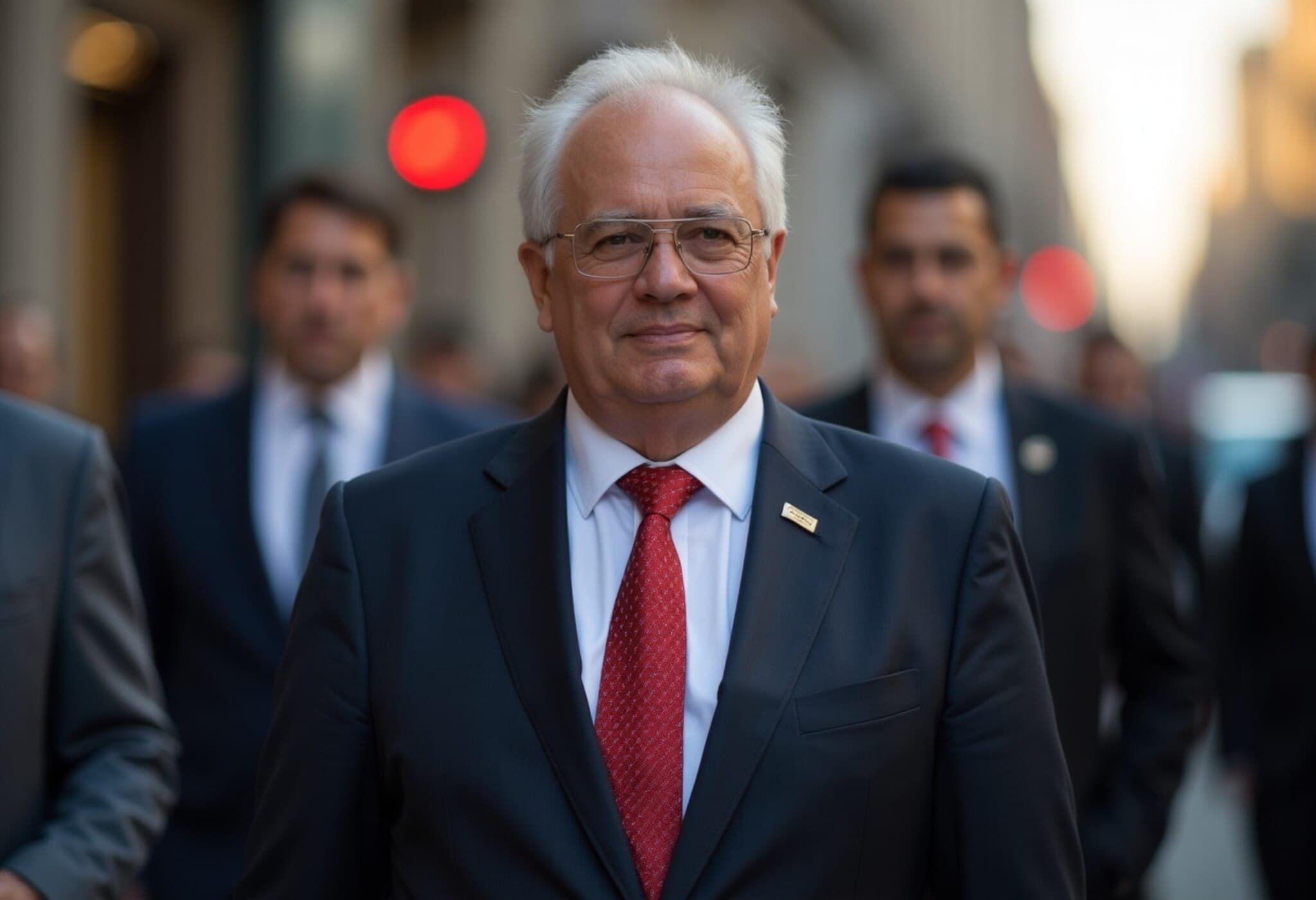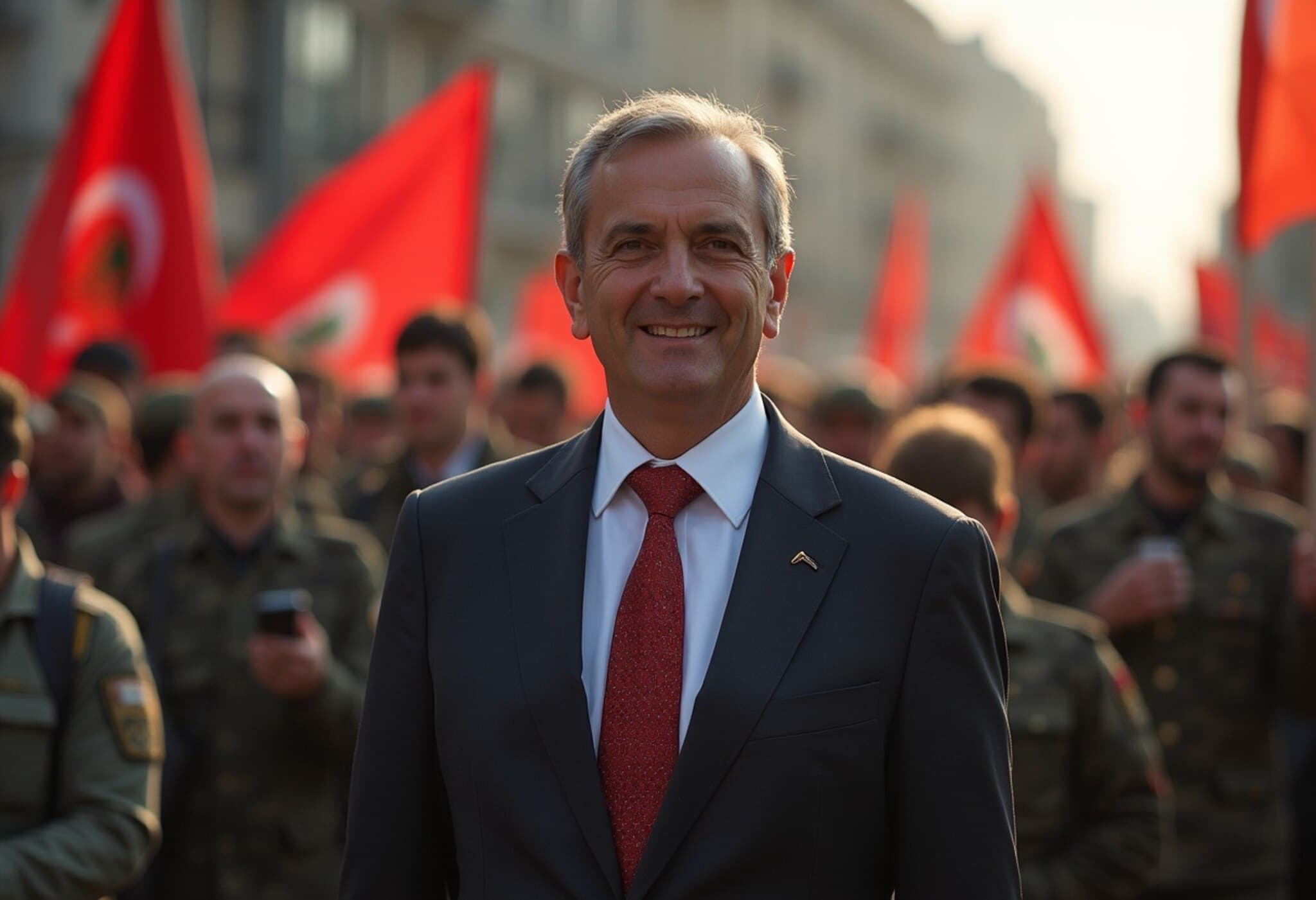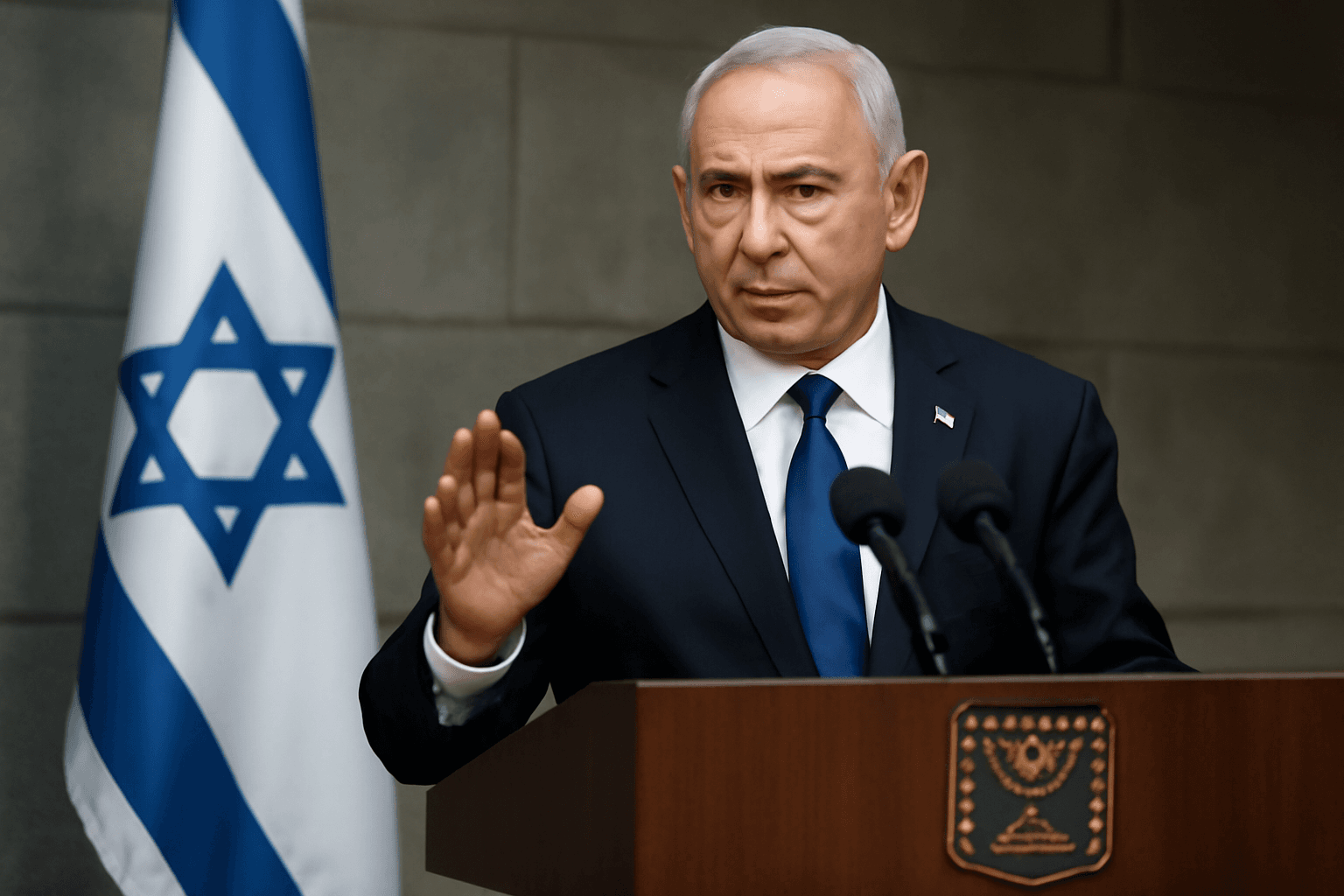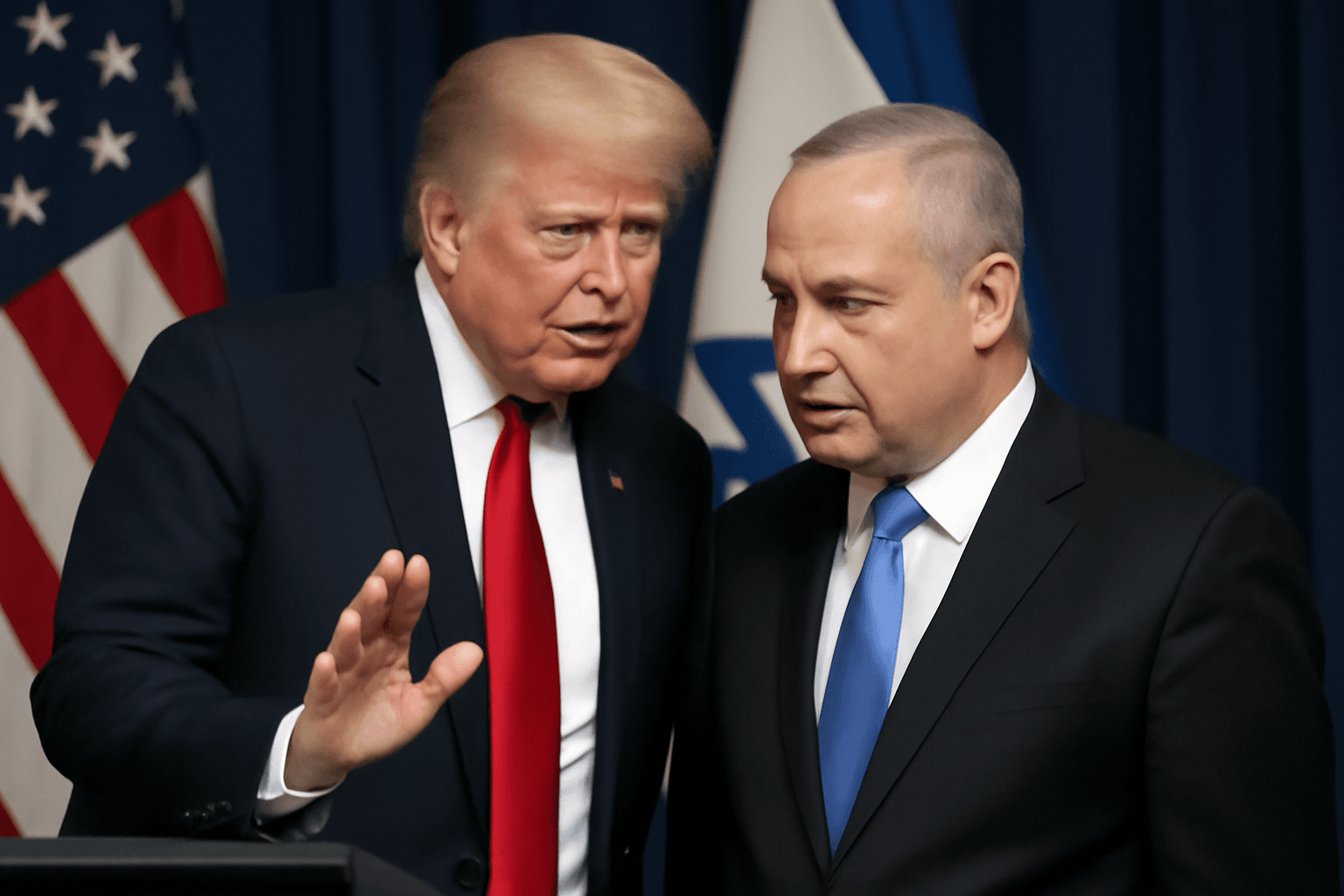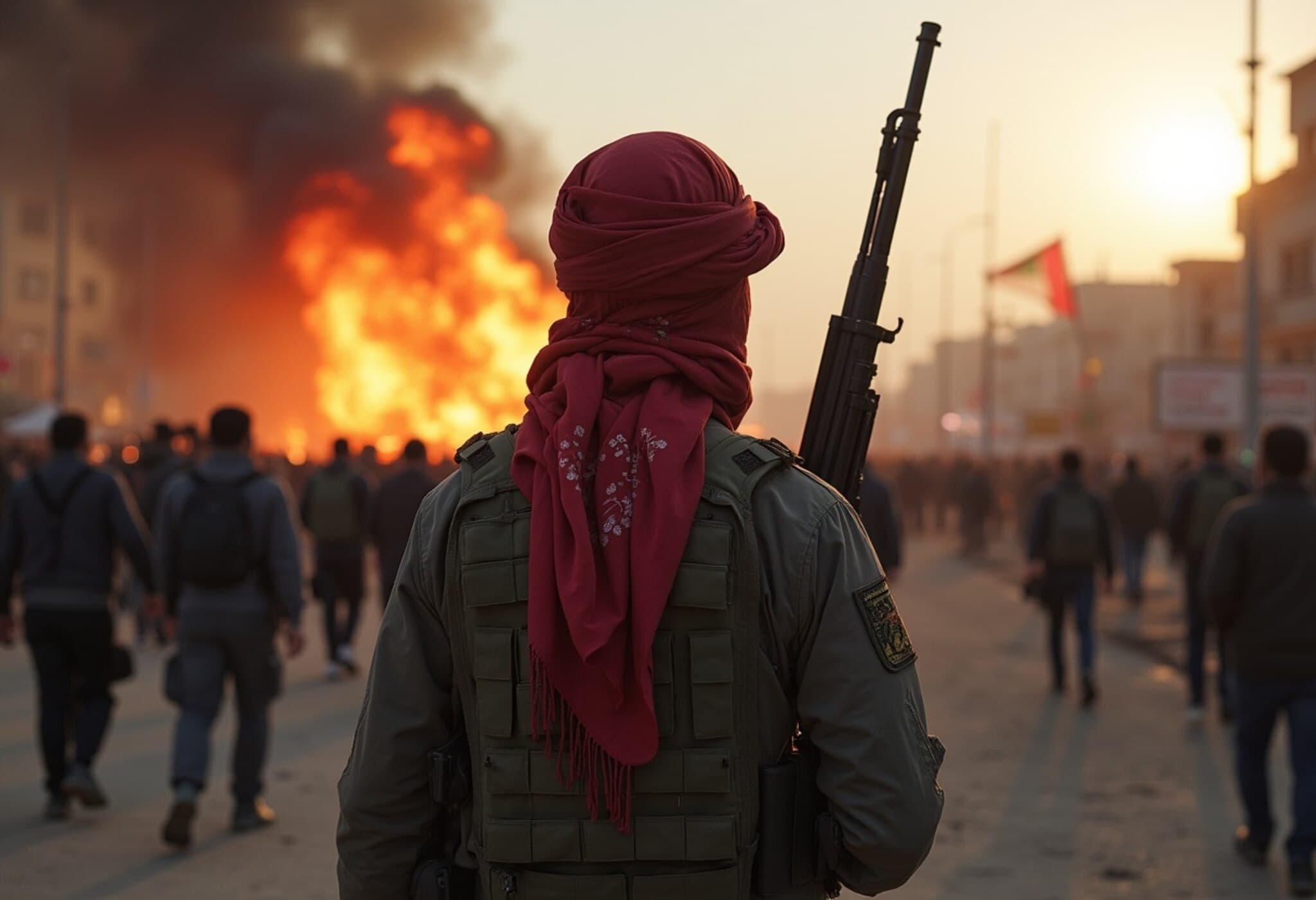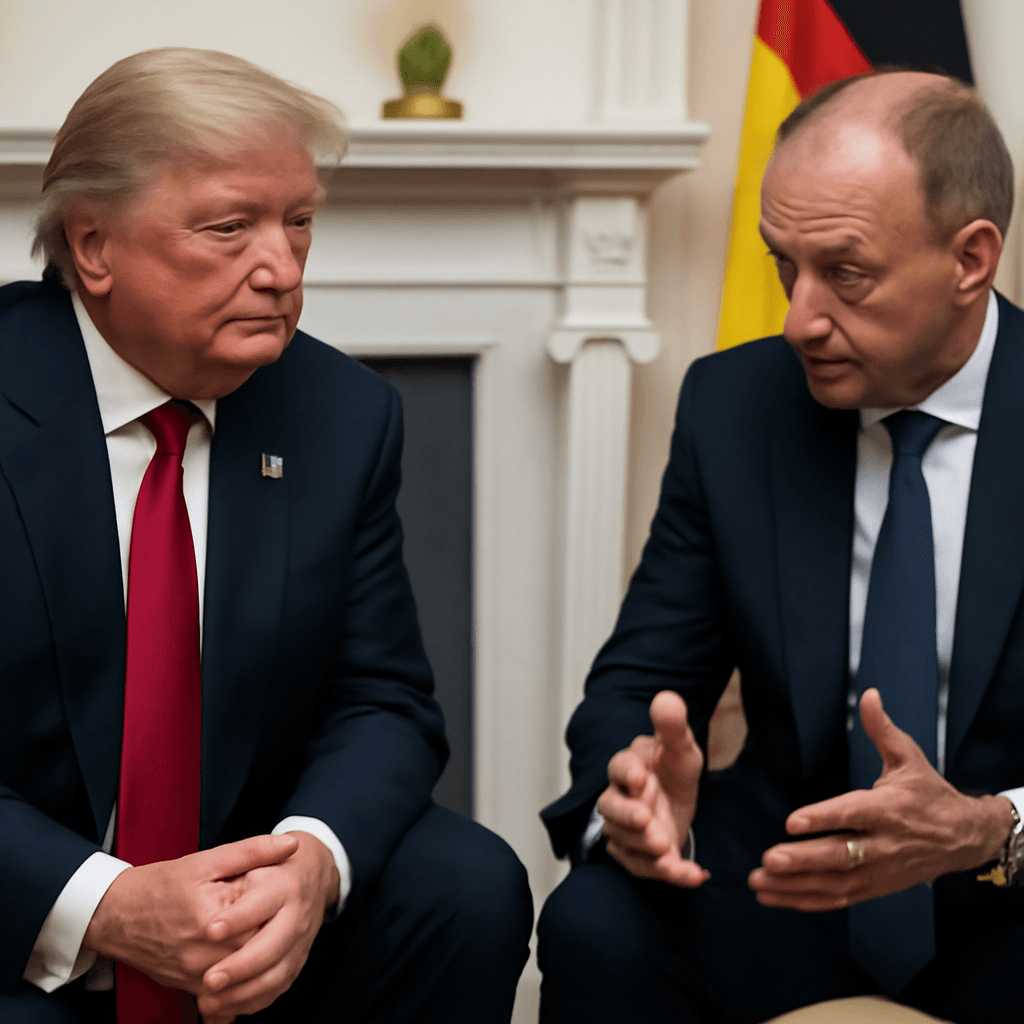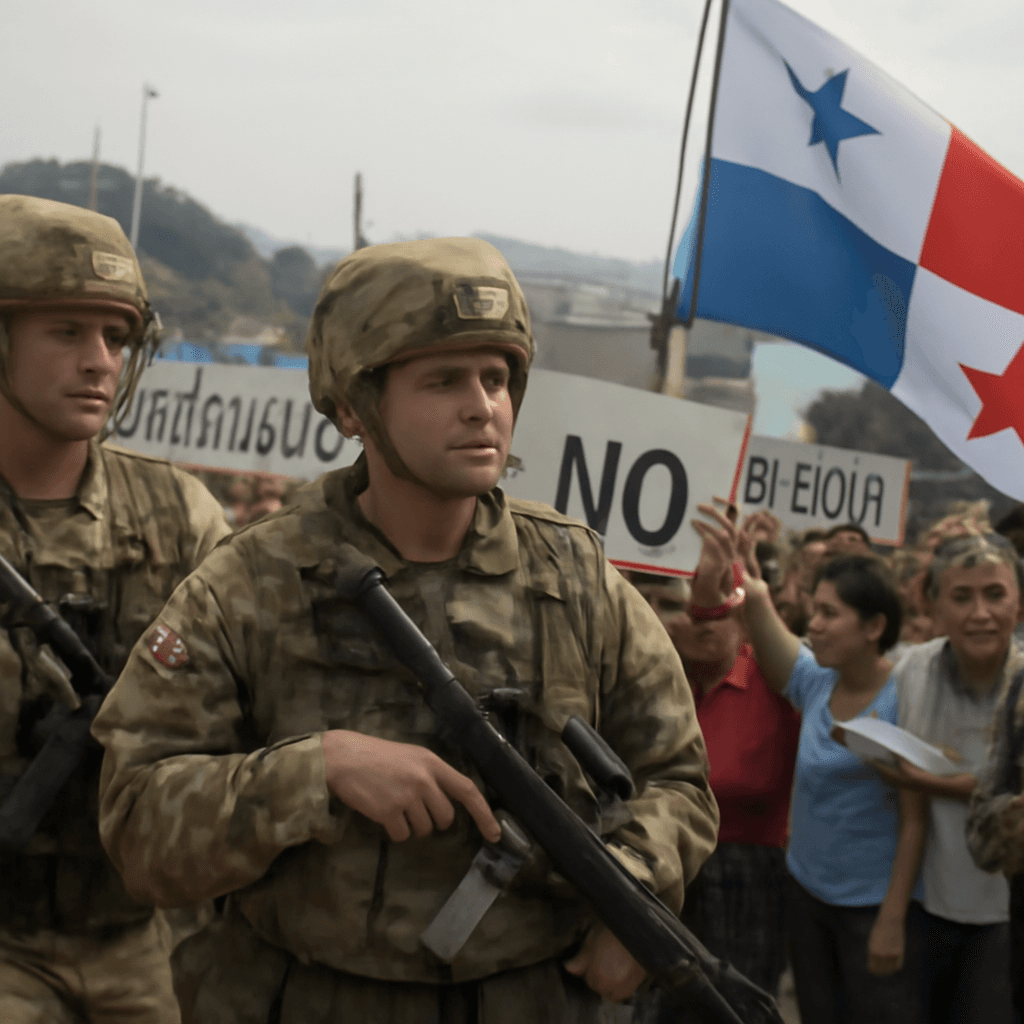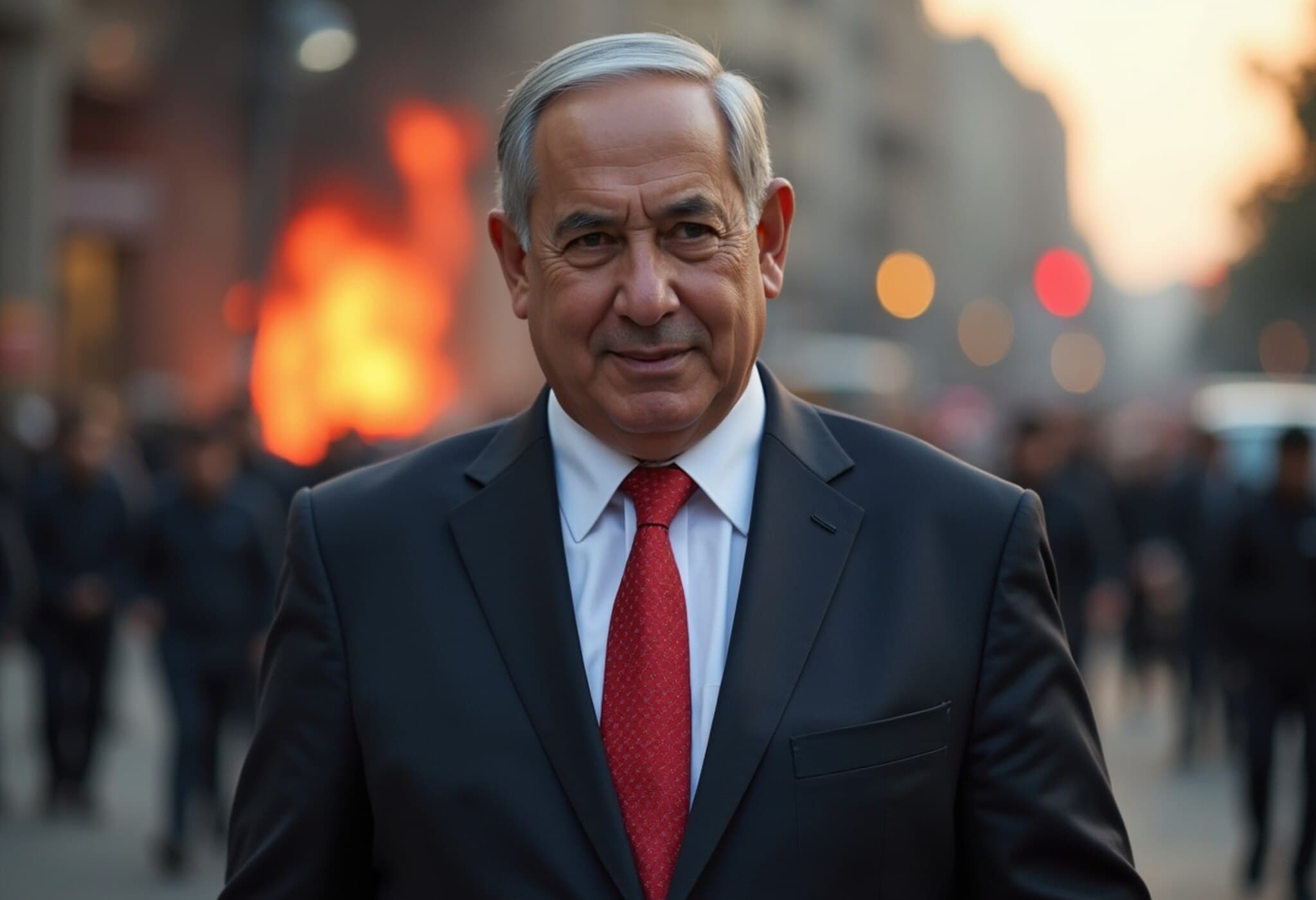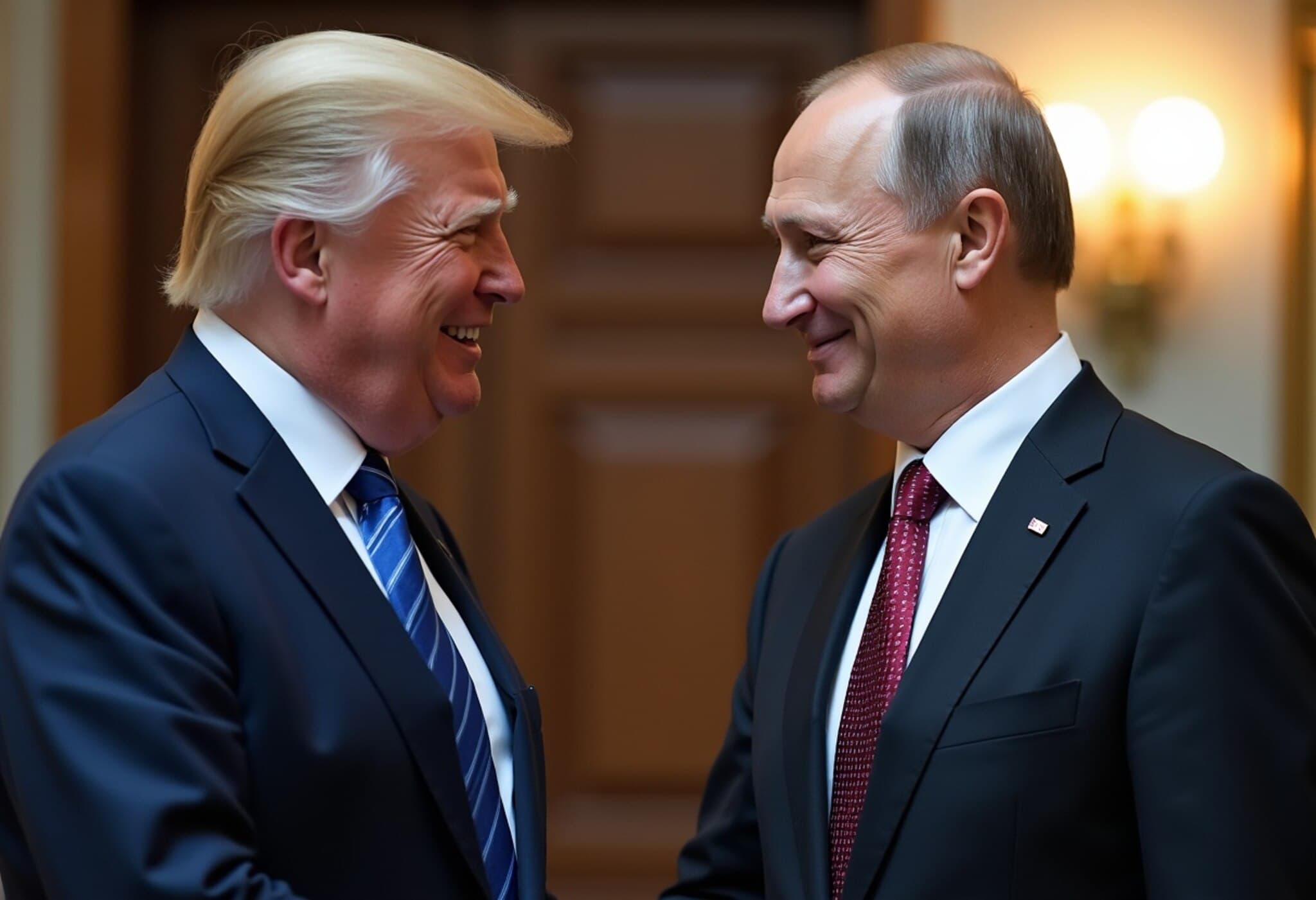US Proposes Comprehensive Roadmap to Disarm Hezbollah in Lebanon by Year-End
In a significant diplomatic development, the United States has presented a detailed plan aimed at disarming Hezbollah in Lebanon by December 31, 2025. The proposal, delivered by President Donald Trump’s special envoy to the region, Tom Barrack, was a central topic at a Lebanese cabinet meeting on August 7, 2025. The roadmap not only seeks Hezbollah’s disarmament but also envisions an end to Israeli military operations in Lebanon and the withdrawal of Israeli troops from five strategic positions in southern Lebanon.
Details of the US Proposal and Lebanon’s Response
According to a Lebanese cabinet agenda obtained by Reuters, the US plan lays out a phased approach for resolving long-standing security tensions that have destabilized the region. It calls for:
- Phasing out all armed non-state actors, specifically targeting Hezbollah's military capabilities.
- Deployment of Lebanese national forces to key border zones and internal security areas.
- Israeli withdrawal from five positions in the south.
- Indirect negotiations to address prisoner exchanges, facilitated by the International Committee of the Red Cross (ICRC).
- Permanent demarcation of Lebanon’s borders with both Israel and Syria.
Lebanese Information Minister Paul Morcos clarified that while the cabinet approved the objectives of the US roadmap, it stopped short of endorsing the full proposal, highlighting sensitive domestic political divides. "We did not dive into the finer points or procedural elements," Morcos remarked, emphasizing the cautious approach Lebanon is taking toward this highly contentious issue.
Political Fallout: Hezbollah’s Shiite Allies Boycott Cabinet Meeting
The proposal’s introduction stirred immediate political tensions within Lebanon’s fragile power-sharing government. Sources reveal that ministers allied with Hezbollah, along with their Shiite supporters, exited the cabinet meeting in protest. Hezbollah, backed by Iran, has consistently resisted calls for disarmament, viewing its armed strength as essential for both internal influence and as a deterrent against Israel.
Last year’s conflict, which erupted in October 2023 after Hezbollah fired on Israeli forces in solidarity with Hamas during the Gaza war, marked a significant escalation, ending with Israeli military offensives that inflicted substantial damage on Hezbollah’s infrastructure. The US-led roadmap attempts to solidify the ceasefire brokered in November 2024 and reduce the chances of renewed hostilities.
Phased Implementation Framework
- Phase 1 (15 days): Lebanese government to issue a decree committing to Hezbollah’s full disarmament by year-end and Israel to halt all military operations in Lebanon.
- Phase 2 (60 days): Detailed Lebanese army deployment plan to extend national control. Israel to start troop withdrawals and initiate coordinated prisoner releases.
- Phase 3 (90 days): Complete Israeli troop withdrawal from all remaining positions. Initiation of reconstruction efforts including rubble clearance.
- Phase 4 (120 days): Final dismantling of Hezbollah's heavy weaponry, including missiles and drones. Economic conference organized by the US, Saudi Arabia, France, Qatar, and partners to rejuvenate Lebanon’s economy and infrastructure.
Expert Insights: Challenges and Regional Implications
Experts in Middle Eastern affairs caution that while the plan is ambitious, translating these objectives into action faces considerable hurdles. Hezbollah’s entrenched position as a political and military force in Lebanon complicates enforcement. Moreover, underlying sectarian tensions and Lebanon’s fragmented political landscape present obstacles to consensus-building.
From a policy perspective, successful disarmament would mark a historic shift in Lebanon’s sovereignty and security architecture. It would alleviate Israeli security concerns and potentially stabilize a region long marred by proxy conflicts. However, the roadmap’s success hinges on international coordination, especially support from regional powers like Iran, Saudi Arabia, and Syria.
Unanswered Questions and the Road Ahead
- Can Lebanon’s government maintain unity and authority to implement disarmament against internal resistance?
- Will Israel’s withdrawal alleviate tensions or create a power vacuum that Hezbollah or other factions might exploit?
- How will Iran respond to pressure on its proxy group, and what are the broader geopolitical ramifications?
- What role will international actors play in Lebanon’s economic reconstruction and political stability post-disarmament?
Editor’s Note
The US roadmap to disarm Hezbollah represents a pivotal, though controversial, moment in Lebanon’s modern history. It attempts to balance complex security demands with fragile political realities. While it offers hope for a more stable and prosperous Lebanon free of armed militias, the path ahead is fraught with deep-seated challenges that extend beyond military disarmament. Continued international engagement coupled with inclusive domestic dialogue will be essential to transforming this ambitious vision into lasting peace.

